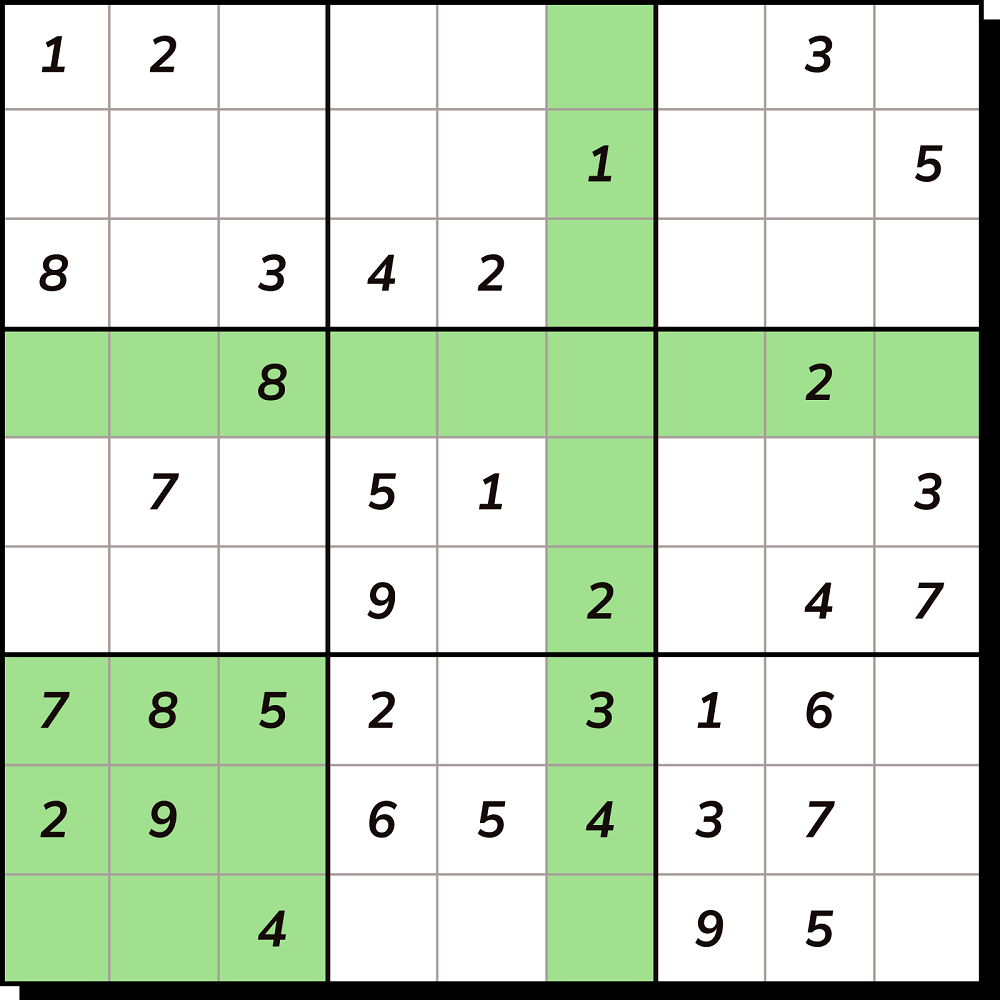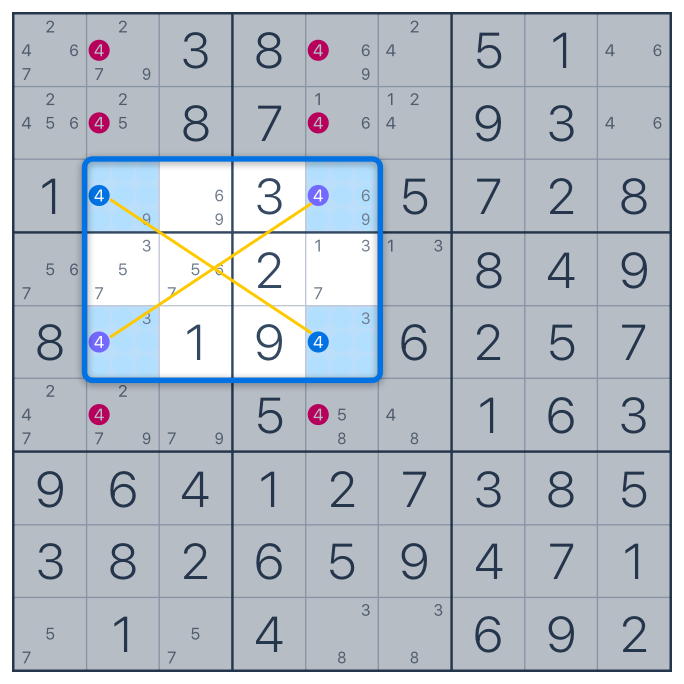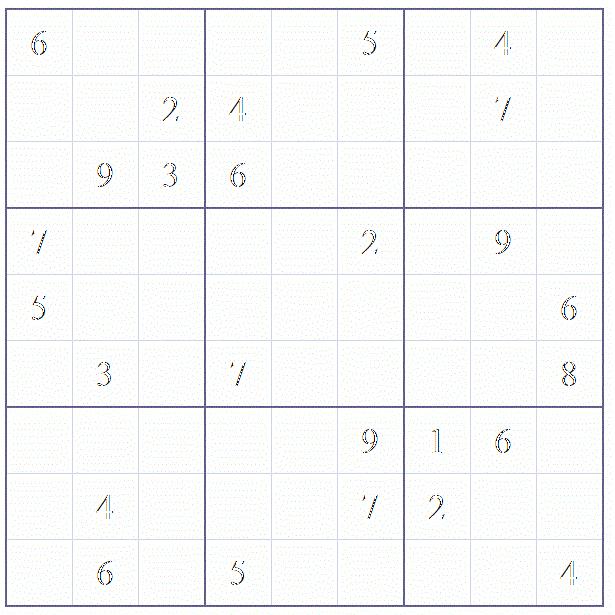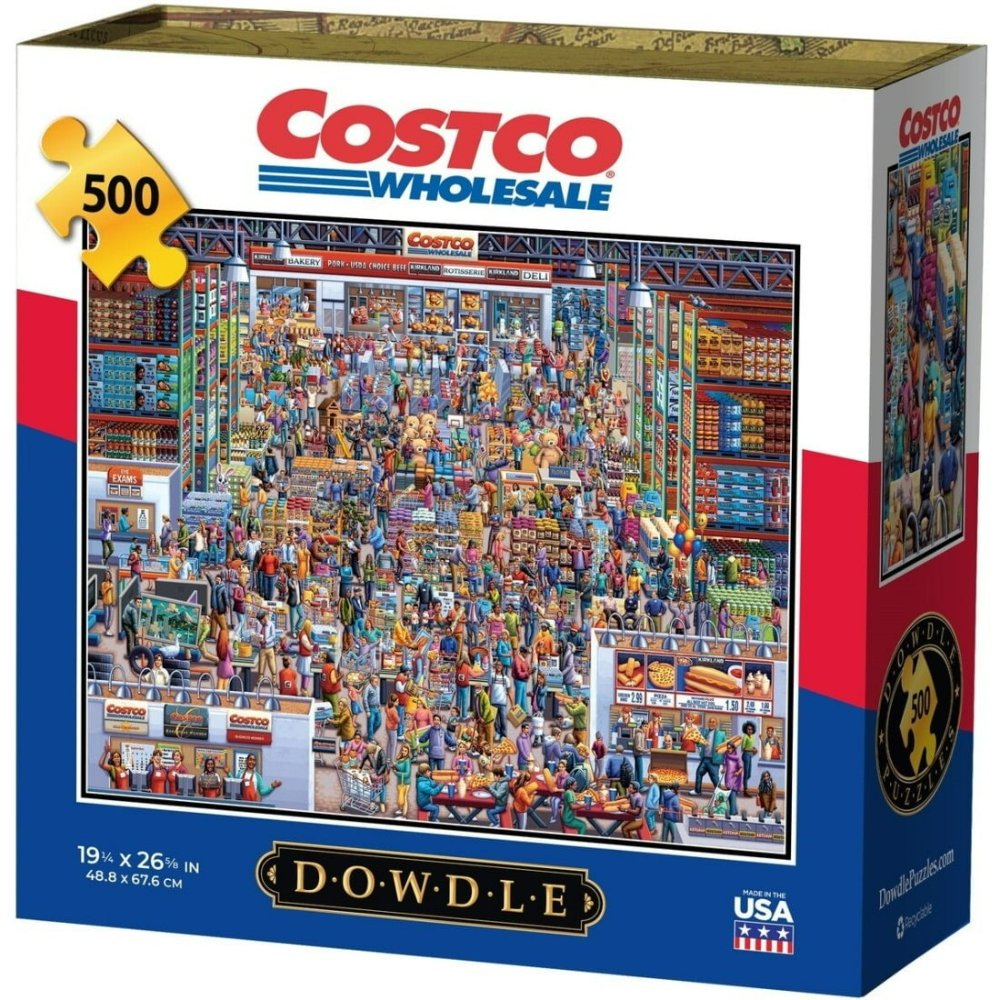Introduction to Sudoku
Sudoku, a game that captivates millions, involves fitting numbers into a grid. This grid, measuring 9×9 squares, is the player’s domain, where critical thinking unfolds. Each game starts with some numbers given; these are clues to solving the puzzle. Sudoku’s appeal lies in its simplicity of concept and the depth of strategy required. You don’t need math skills to play. The game relies purely on logic and pattern recognition.
Understanding sudoku is not about complex rules or intricate gameplay. It’s about awareness of its three fundamental guidelines. These guidelines ensure that each number appears just once where it should. They form the backbone of every sudoku puzzle you will encounter.
Playing sudoku regularly hones concentration and logical reasoning. It’s a mental exercise, rewarding patience with a sense of achievement upon completion. As we delve into the core rules and techniques, we equip ourselves with the tools for this engaging challenge.

Basic Principles of Sudoku
To master sudoku, one must grasp its basic principles. These are straightforward yet pivotal to game success. Sudoku is a logical puzzle, not a math problem. It hinges on deducing where to place numbers correctly. Despite the apparent numerical setup, no arithmetic is needed. The real essence of sudoku lies in the logical arrangement of numbers.
Knowing the three golden sudoku rules simplifies the game. These rules are pivotal and govern every move a player makes. They are the scaffolding upon which every sudoku puzzle is built. Keeping these rules in mind will help in navigating the puzzling challenges sudoku presents.
Pay attention to given numbers, commonly referred to as ‘givens’. These serve as the starting points in the puzzle. Observing where they sit in relation to the grid provides crucial hints. As you become familiar with these starting points, patterns start to emerge. Gradually, you’ll develop strategies for placing numbers with increasing speed and accuracy.
Remember, every decision in sudoku impacts the entire grid. Mistakes can have a domino effect. However, with practice, you’ll anticipate these ripple effects better. With each puzzle attempt, you become more adept at seeing the big picture.
In summary, the basic principles of sudoku revolve around logical placement, rule adherence, and pattern recognition. These principles set the stage for all subsequent strategies and techniques in the game. Embrace these fundamentals, and the path to becoming a sudoku aficionado becomes much clearer.
The Three Essential Sudoku Rules
To become a Sudoku master, one must be intimate with its essential rules. These rules are the pillars that uphold the integrity of any Sudoku game.
Rule 1: Unique Numbers in Each Row
Envision the Sudoku grid – a 9×9 square, divided into nine rows. Each row must have the numbers 1 to 9, appearing only once. This rule bars any repetition within the same row, thus ensuring horizontal alignment in your quest for Sudoku victory. If you note a number twice, there’s an error to rectify. As you fill in the blanks, remember, uniqueness in each row is key.
Rule 2: Unique Numbers in Each Column
Columns are the vertical counterparts to rows, stretching skywards across the Sudoku sky. Similar to the rows, each column must have unique numbers from 1 to 9; no duplicates allowed. Think of it as stacking a tower, ensuring that each layer is distinct from the other. This vertical verification contributes to the overall balance of the puzzle.
Rule 3: Unique Numbers in Each 3×3 Box
The Sudoku grid also features 3×3 boxes, making up nine mini-squares within the larger square. Each box is an independent zone, demanding numbers 1 to 9 to occupy its cells without repeating. This cluster rule ties together the broader picture, weaving a tapestry of logic and order in the Sudoku canvas.
Embracing these three rules will not only improve your gameplay but also bring you closer to the rewarding ‘click’ of a puzzle well solved. Keep these tenets in mind, and you’ll see patterns emerge and solutions present themselves with more clarity.
Common Misunderstandings About Sudoku Rules
Navigating the world of Sudoku can sometimes lead to confusion, especially about its rules. Despite the game’s straightforward nature, there are common misconceptions that can trip up new players.
Diagonal Rule Myth
One frequent misunderstanding revolves around the diagonals. Many beginners mistakenly believe that the numbers 1-9 must also appear without repetition along the two main diagonals of the grid. However, standard sudoku rules do not require a unique sequence across the diagonals. This myth may stem from specific sudoku variations that include such a rule, but it is not a part of the classic game.
Complexity Over Logic
Another misconception is the overestimation of complexity. People often think that because sudoku involves numbers, it must require mathematical calculations. In truth, sudoku is a game of logic, not math. The objective is about logical placement, not performing arithmetic.
Multiple Solutions Fallacy
A common incorrect assumption is that a sudoku puzzle can have more than one correct solution. In reality, a properly designed sudoku puzzle has only one unique solution. If there is more than one solution, it is considered a flawed puzzle. The beauty of sudoku lies in the quest to uncover this single solution through deduction.
Guessing as a Strategy
Guessing is sometimes wrongly adopted as a strategy. However, sudoku is structured in such a way that every number can be deduced logically. Guessing can lead to errors and dead ends, contrary to the game’s true intent of a clear logical process.
Need for Advanced Techniques from the Start
Many beginners think they need to learn advanced techniques right away. While some puzzles do require complex strategies, it’s important to start with simpler puzzles and master the basics first. Learning the core rules and gaining confidence with easy puzzles is the right approach before tackling more challenging ones.
By dispelling these myths and understanding the core sudoku rules, players can enjoy a smoother learning curve and an enhanced puzzle-solving experience.
Tips for Beginners Learning Sudoku
Starting with simple puzzles is essential for beginners venturing into the world of Sudoku. Here are two foundational strategies to get started:
Starting with Easy Puzzles
Your journey into Sudoku should begin with less complex challenges. Look for puzzles that have more numbers filled in. These ‘givens’ act as a roadmap to guide you through the maze of empty cells. As you fill in the blanks, watch for obvious placements where only one number can fit. This reduces frustration and builds up your confidence and skills gradually.
Initially, avoid puzzles labeled ‘hard’ or ‘expert’. These often require advanced techniques that can overwhelm a new player. Begin with ‘easy’ or ‘beginner’ level puzzles to connect with Sudoku’s enjoyable aspects. Making steady progress, you’ll soon be ready to tackle more intricate puzzles.
The Process of Elimination Technique
One of the most effective approaches in Sudoku is the process of elimination. It’s a simple yet powerful method: for each empty cell, consider which numbers are already used in the corresponding row, column, and 3×3 box. The remaining numbers are potential candidates for that cell.
Practice this technique often. It sharpens your observation skills and teaches you to spot opportunities or conflicts swiftly. With time, you’ll be able to apply this method more rapidly, paving your way to becoming proficient at Sudoku.
Using the process of elimination helps you logically deduce the only possible number that fits in each empty cell. This is crucial, as guessing can lead to mistakes that may not be apparent until much later, complicating your puzzle-solving experience.
Remember, consistent practice is key. The more you play, the more intuitive these rules and techniques become. Don’t rush the learning phase; enjoy the ease of simple puzzles and take pride in every grid you successfully complete. Each puzzle solved is a step forward on your path to mastering Sudoku.
The Benefits of Playing Sudoku
Engaging in Sudoku isn’t just a pastime; it sharpens your mind. Regular Sudoku players often notice an improvement in their concentration and problem-solving abilities. This mental workout offers more than entertainment; it can potentially enhance cognitive function over time. Let’s delve into some of the key benefits of playing this intriguing puzzle game.
Enhances Logical Thinking
Sudoku is a logic-based game, demanding players to make decisions based on reasoning. It requires you to analyze patterns and deduce the correct placement for numbers within the grid, thus naturally honing logical thinking skills.
Improves Concentration
The focus needed to solve Sudoku puzzles can lead to better concentration. With practice, players learn to block out distractions and hone in on the task, a skill that is transferable to other areas of life.
Provides a Sense of Achievement
Completing a puzzle, especially a particularly challenging one, gives a real sense of victory. This boost in self-esteem can contribute to a more positive outlook and personal satisfaction.
Offers a Brain Workout
Similar to physical exercise for the body, Sudoku provides a workout for the brain, potentially keeping mental faculties sharp and delaying cognitive decline.
Acts as a Stress Reliever
Immersing yourself in a Sudoku puzzle can be a form of meditation, as it helps to relax the mind and offers a break from the day’s stressors.
Promotes Healthy Brain Aging
Studies suggest that engaging in puzzles like Sudoku is linked with better brain function, likening regular players’ brain performance to that of individuals up to ten years their junior.
Helps with Patience and Perseverance
Sudoku can be a lesson in patience and persistence. Slowly working through the puzzles can teach the value of working methodically towards a goal.
These benefits underscore why Sudoku has garnered a devoted following worldwide. It’s not just about numbers; it’s a holistic brain exercise that rewards players in various aspects of mental health and acuity. Embrace Sudoku as a part of your routine, and you may reap the benefits in both your cerebral and daily life.
The History and Origin of Sudoku
Sudoku, the beloved brain teaser, started long ago and took quite a journey to become what it is today. Although Sudoku feels like it might have its origins in the Far East due to its Japanese name, its roots are surprisingly Western. Let’s trace its fascinating history.
From Early Beginnings to Global Sensation
The puzzle so many adore today is a relative of the Latin Square, a concept created by a Swiss mathematician in the 18th century. This ancestor of Sudoku wasn’t a game, but rather a mathematical concept used for statistical analysis. However, it laid the groundwork for what would transform into one of the world’s most popular puzzles.
Sudoku’s Modern Birth
The modern Sudoku we know was refined and named by Maki Kaji in Japan. Originally coined “Suuji wa dokushin ni kagiru”, which translates approximately to ‘numbers must be single’, it eventually became known simply as “Sudoku”. But to give credit where it’s due, it was an American, Howard Garns, who developed the version of the game in 1979 that started it all. His “Numbers in Place” was the prototype for what would explode in popularity in Japan during the 1980s, and then globally.
Sudoku Hits the World Stage
It didn’t take long for Sudoku to spread worldwide, entering countless newspapers, books, and eventually digital platforms. The game garnered fans across all ages, becoming synonymous with quick thinking and sharp logic. Its boom in the digital era made it universally accessible, allowing anyone with a smartphone, tablet, or computer to join the ranks of enthusiasts.
The Name that Stuck
Understanding the name “Sudoku” helps embrace the puzzle’s essence. ‘Suu’ means number, and ‘doku’ implies singularity or uniqueness. Together, the name captures the core requirement of the game: no number can occur more than once in any row, column, or box.
By getting to know the history of Sudoku, you connect more deeply with every 9×9 grid you encounter. This journey from a Swiss mathematic concept to an American puzzle, and then to a global phenomenon, is a testament to Sudoku’s universal appeal. Embrace this game, not just for its mental benefits, but also for its rich and intriguing origin story.




